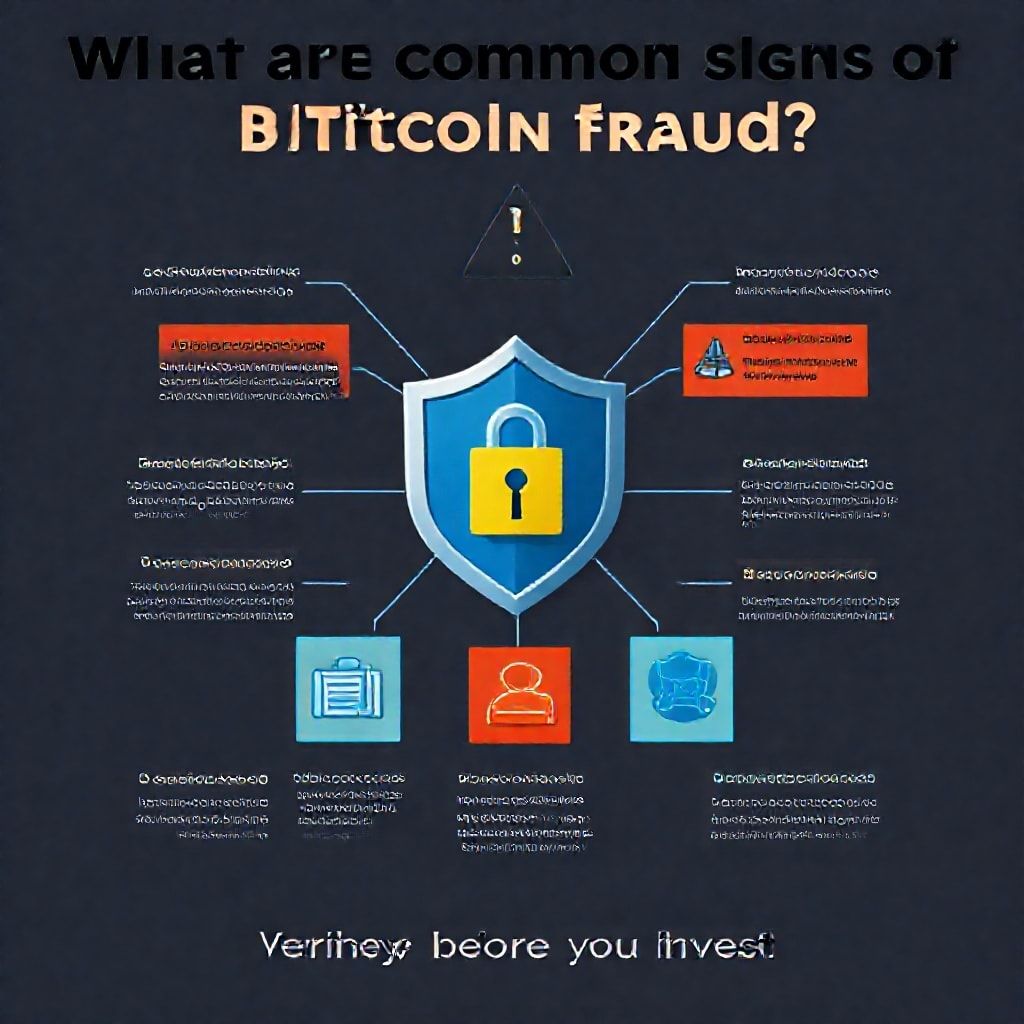What are common signs of Bitcoin fraud?
What are common signs of Bitcoin fraud?
Introduction
In the fast-moving world of crypto, red flags pop up as quickly as price spikes. Beginners dive in chasing big dreams, while scams play on urgency, jargon, and promises of guaranteed returns. This piece scans the landscape for the most telltale signs of Bitcoin fraud, shares practical checks you can run, and looks at how the crypto and broader Web3 ecosystem are evolving—so you can trade with more confidence and fewer regrets.

Red flags in crypto pitches
- Too-good-to-be-true returns and guarantees. If a pitch promises doubling your BTC in days or weeks with no risk, tune out. Real markets carry risk, and legitimate operators disclose it.
- Pressure tactics and exclusivity. “Invest now or miss the chance forever” or “VIP access” schemes push you toward quick, unplanned moves.
- Anonymous or unverifiable teams. A slick site with a glossy video but no verifiable team bios, linked social accounts, or track record is a big warning.
- Nontransparent fees and hidden terms. Hidden wallet controls, opaque fee structures, or “custom” contract terms that never appear in standard docs raise eyebrows.
- Fake audits or counterfeit regulators. If audits are cited but can’t be independently verified, or you’re asked to verify yourself on a single page, that’s a flag.
Security and technical red flags
- Requests for private keys or seed phrases. Legit services never require you to reveal keys.
- Unusual payout methods or off-platform transfers. Funds steered to unknown wallets or cross-border custodians outside reputable venues deserve scrutiny.
- Wallet permissions that seem excessive. Apps asking to manage your entire wallet or to sign transactions you didn’t initiate are warning signs.
- Inconsistent technical claims. Big statements about “instant settlement on every trade” or “risk-free leverage” clash with how networks actually work.
Scams you may encounter and how they operate
- Pump-and-dump tokens misusing Bitcoin names. A token with flashy branding but no solid use case or track record often hides a pump cycle followed by a crash.
- Ponzi-like schemes and exit scams. Early investors cash out while latecomers lose funds; websites disappear or are taken offline without warning.
- Fake exchanges and fake audits. Look for independent auditors, reputable security reports, and long-standing, regulated licenses where applicable.
DeFi, reliability, and cross-asset context
Decentralized finance introduces both opportunity and risk. Smart contracts automate trades, but bugs or exploitable code can trigger losses. Across assets—forex, stocks, crypto, indices, options, commodities—reliability hinges on due diligence: auditing, diversified exposure, and strict risk limits. Leverage requires extra discipline: set clear position sizes, use stop losses, and never risk more than a small fraction of capital on a single trade.
Future trends: smart contracts, AI, and the road ahead
Smart-contract trading and AI-driven decision tools are reshaping execution, analytics, and risk management. Expect more integrated platforms, better on-chain analytics, and smarter guardrails against fraudulent activity—but also more sophisticated attempts at deception. Staying informed, using reputable tools, and embracing transparent disclosures will be key.
Takeaway slogans to remember
- Spot the signs, protect your stack.
- Knowledge first, scams last.
- Trade smart, verify everything.
Bottom line
Bitcoin fraud often wears a veneer of credibility—glossy pages, fast talk, and guaranteed gains. Ground yourself with verified information, trusted channels, and prudent risk controls, and you’ll navigate the evolving Web3 and DeFi landscape with more clarity and fewer surprises.
YOU MAY ALSO LIKE




